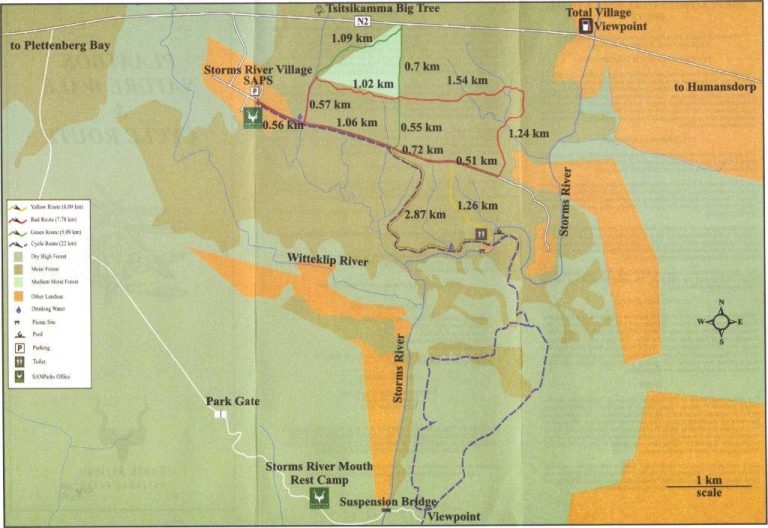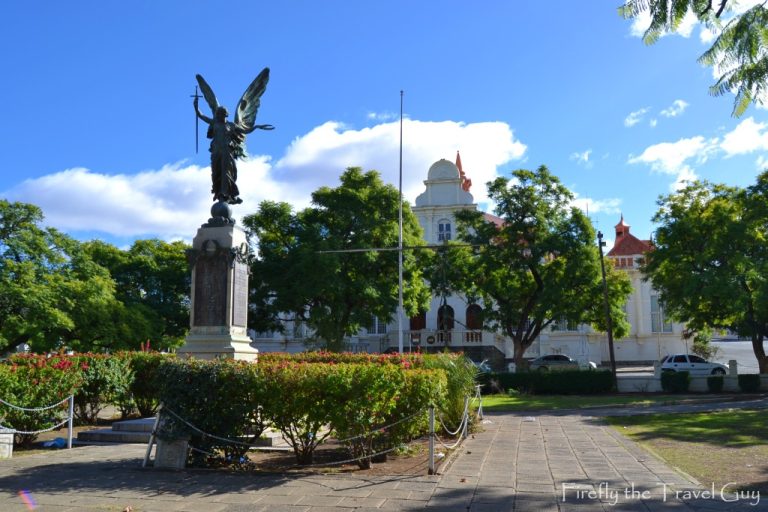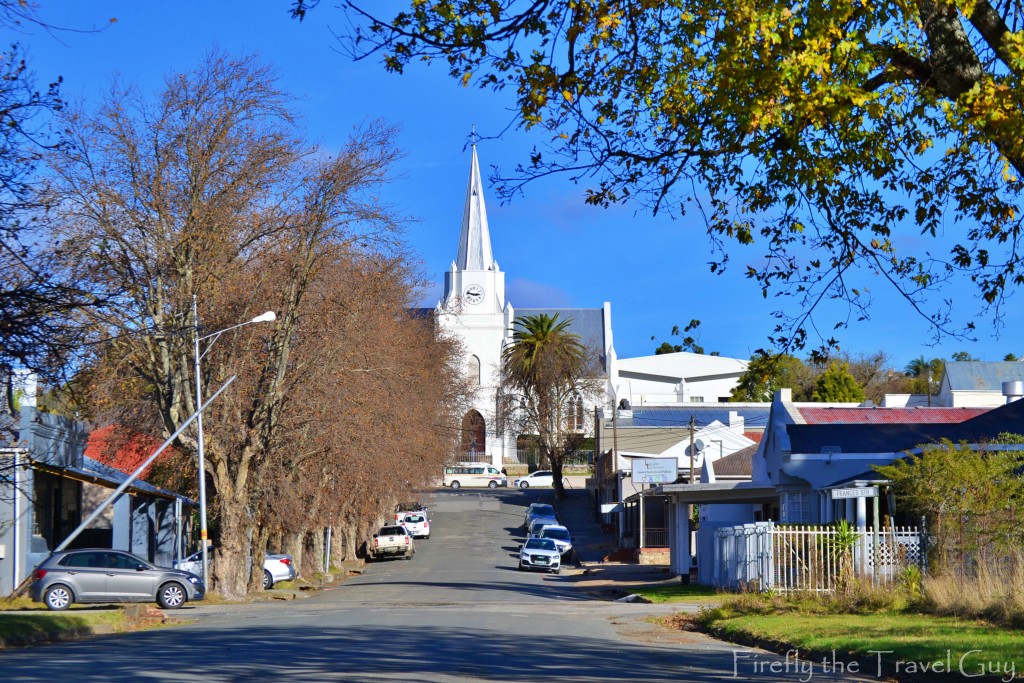
Whenever I visit a new town the first thing I do is to go and find the town’s Dutch Reformed Church. In most small towns in South Africa, they are the oldest church in a place and often a beautiful and interesting building. I did just that the first time I drove into Somerset East. These days I visit Somerset East a couple times a year but I still stop by the church every time to try and get a different angle.
The Somerset East Dutch Reformed Church is the fourth oldest congregation of the Dutch Reformed Church in the Eastern Cape and the 15th oldest in the entire South African denomination. The congregation was founded in 1825 but construction of the first church only started in 1830. Construction of the second (and current) church building started in 1869 and it was dedicated in 1871 although construction wasn’t completed yet. The church was declared a National Heritage Site in 1979.

Before founding a separate congregation in Somerset East in 1825, the area was split between the Graaff-Reinet and the southern portion of the Uitenhage congregations. On 27 May 1825, only five months after the Governor of Cape Colony set up the district of Somerset East, the first magistrate, William MacKay, urged for a separate congregation and church building.
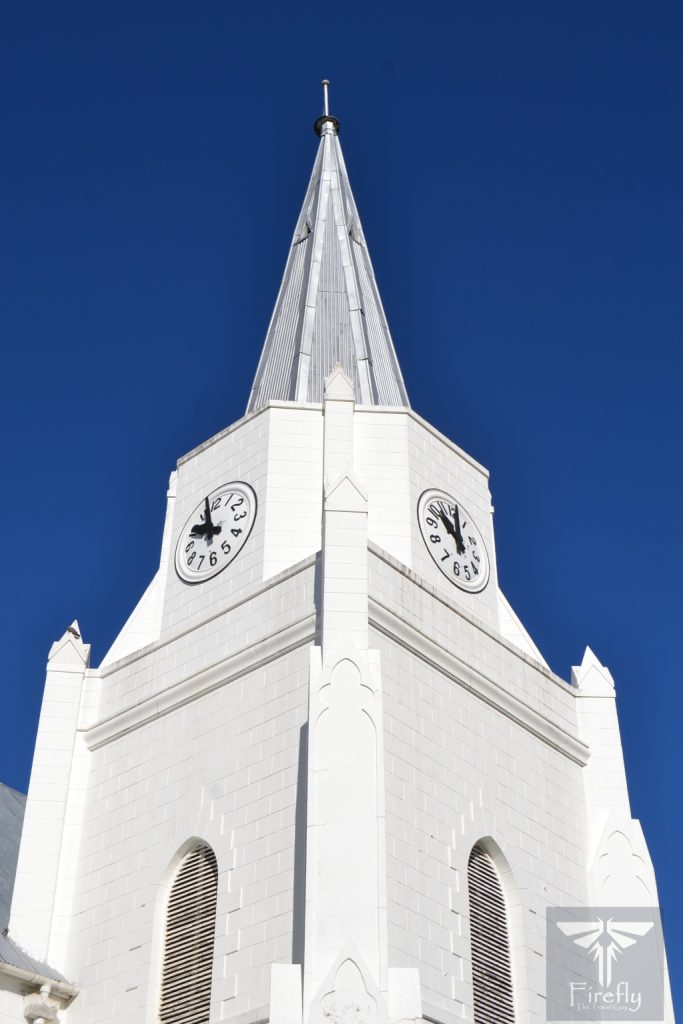
Permission was granted to establish a separate congregation, and in October 1825, the Rev. George Morgan, became the Somerset East congregation’s first pastor. He appointed a church council that included the elders Robert Hart (also one of Somerset-East’s first three heemraad) and F.J. van Aardt and the deacons Gideon Jordaan, Michael Bosch, Willem Prinsloo, and P.M. Bester. The first verger was Hendrik Waldeck.
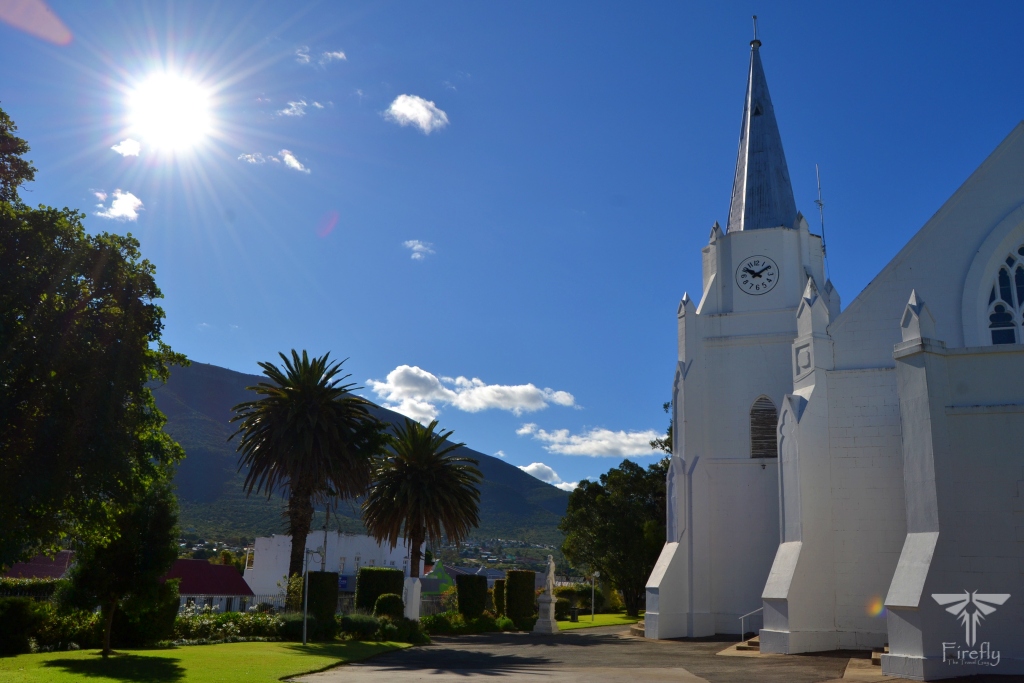
The cornerstone was finally laid on 25 December 1830. The date the church was consecrated is lost. In the early years, two services were held each Sunday, one in Dutch and one in English, until around 1846, when the St. Andrew’s Uniting Presbyterian Church opened in town and English-language services at the NGK church were discontinued.Pastor Morgan left for a post in the Reformed Presbyterian Church in Southern Africa in Cape Town in 1841 and was succeeded by the Rev. Johan Pears, after whom the nearby town of Pearston was named.
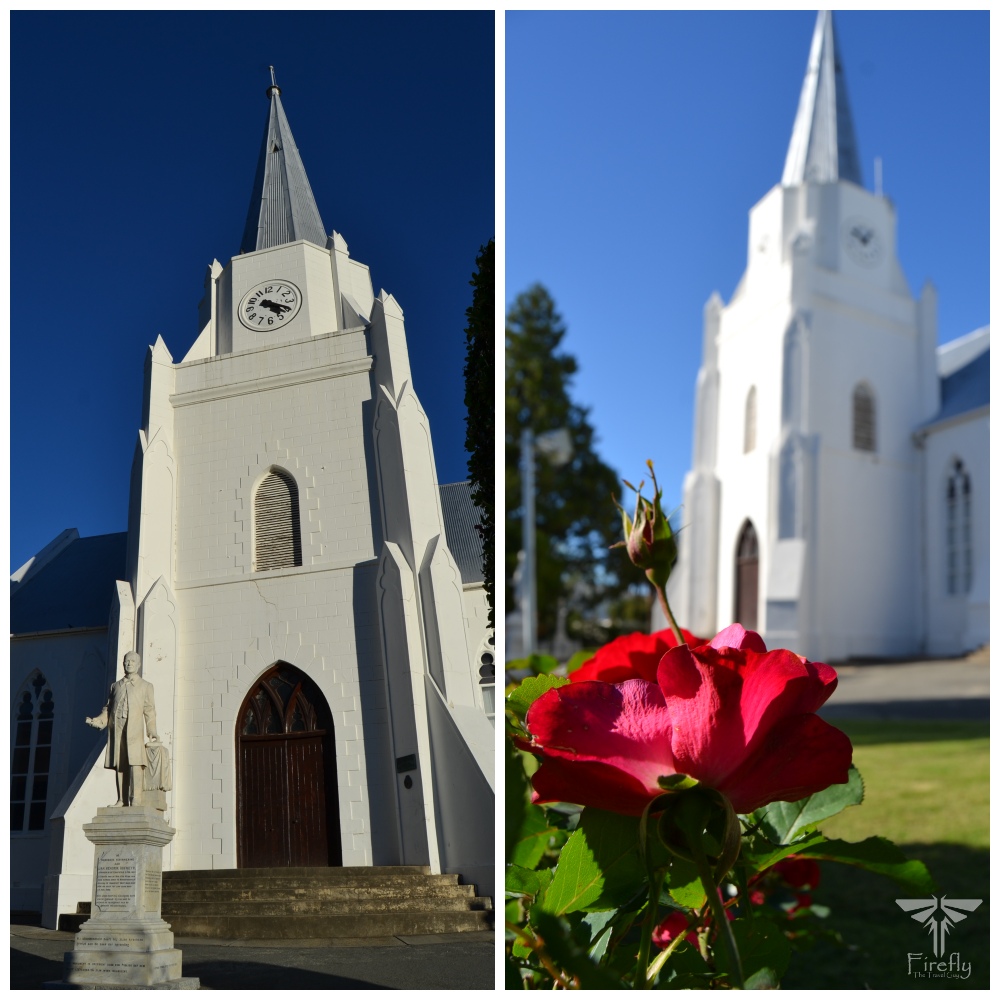
After Pears died in the parsonage, he was succeeded by the Rev. Jan Hendrik Hofmeyr, who served from 1867 to 1908. Hofmeyr married a daughter of the Rev. Andrew Murray, and just like Ms. Hofmeyr’s parents they had five sons who all became pastors. One of the sons, John Murray Hofmeyr succeeded his father as pastor from the latter’s death until 1940. Thus, in its first 115 years, the congregation had only four pastors.
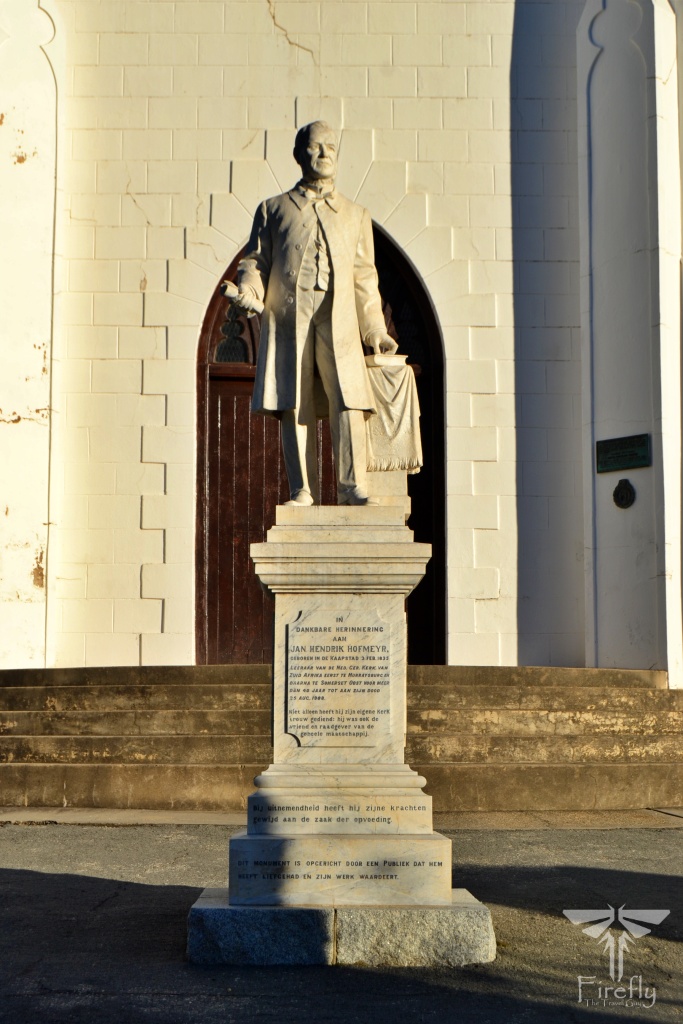
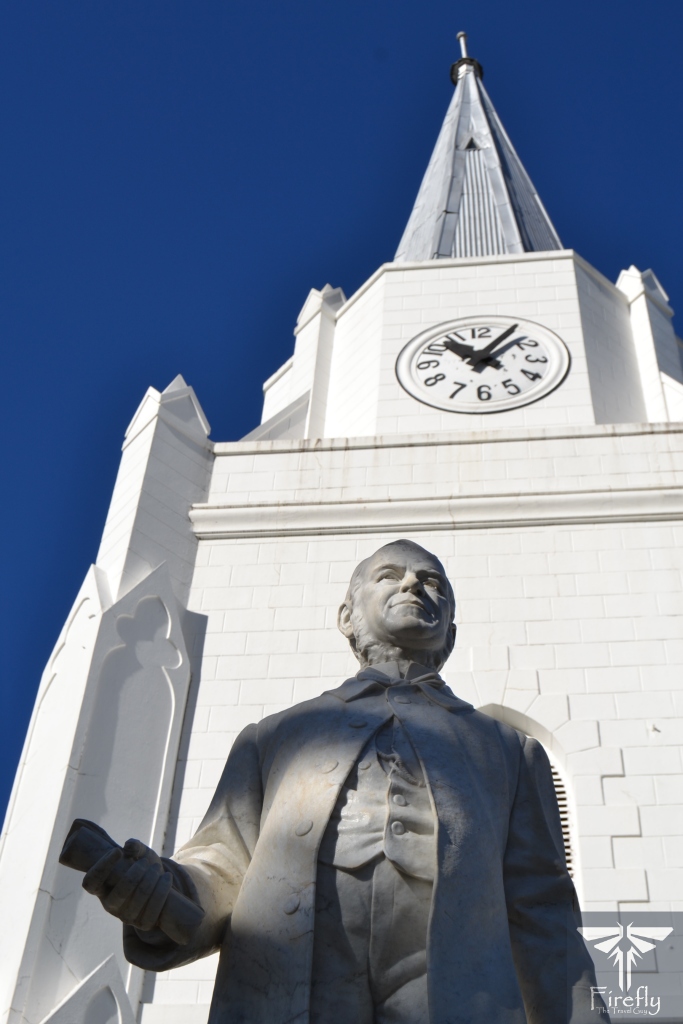
A monument to Rev Jan Hendrik Hofmeyr stands in front of the entrance to the church. One of the first tasks the Jan Hendrik Hofmeyr took on was building a church. The old church had dilapidated thatch and was simply too small. In 1869, therefore, the council decided to build a much larger church on the same land on the southern end of Beaufort Street. At the time, many towns built their churches at the end of a street to allow a clear line of sight to them. Two walls of the old building remained, but the rest was brand new and laid out by the German-born architect Carl Otto Hager. It was dedicated on 17 November 1871.
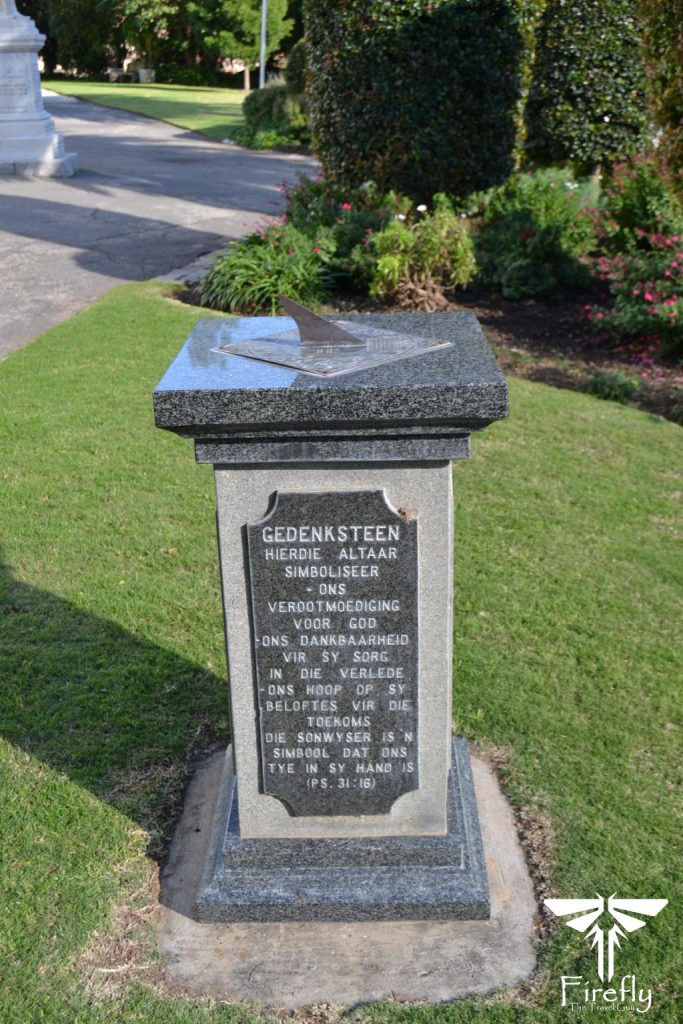
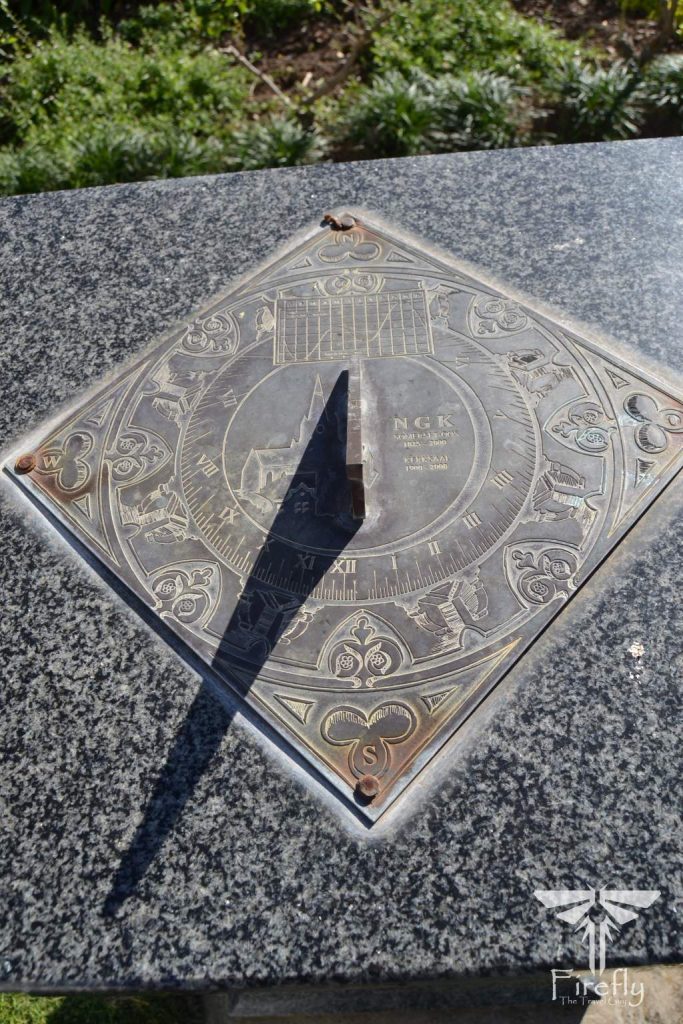
Even though I visit regularly I haven’t had an opportunity to see the inside of the church yet. I do enjoy walking around the beautiful church grounds and one of the features you find is this sundial symbolising that our time is in the hands of God.

